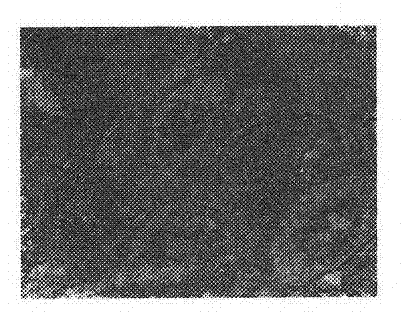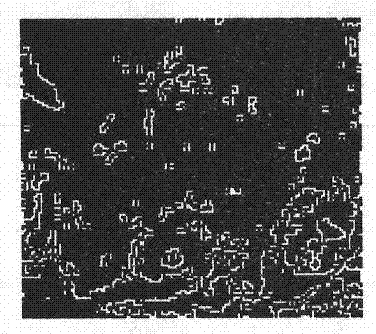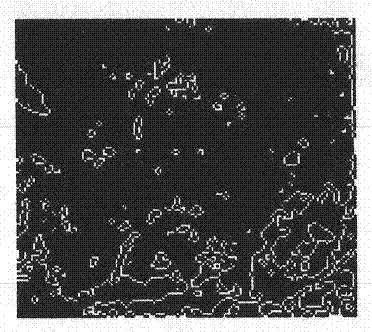A method for pattern recognition of cancer cells using soft x-ray microscopic imaging
一种显微成像、图形识别的技术,应用在使用辐射进行材料分析、字符和模式识别、测试用样品的制备等方向
- Summary
- Abstract
- Description
- Claims
- Application Information
AI Technical Summary
Problems solved by technology
Method used
Image
Examples
Embodiment 1
[0057] Example 1 The method for pattern recognition of esophageal squamous cell carcinoma cells using soft X-ray microscopic imaging
[0058] Selected 6 hospitalized patients with esophageal cancer (including 4 males and 2 females), aged 51-64 years (average 57.3 years).
[0059] Before the operation, fiber optic endoscopy was performed, and the pathology confirmed that it was esophageal squamous cell carcinoma, and then the operation was performed.
[0060] The resected esophageal squamous cell carcinoma specimens were sent to the pathology department for routine histological and cytological examinations. When esophageal squamous cell carcinoma cells were found, light microscopic photos of esophageal squamous cell carcinoma cells were taken under an optical microscope with a magnification of 100 times. At the same time, the specimens of esophageal squamous cell carcinoma cells were sent to the synchrotron radiation laboratory for soft X-ray microscopic beamline scanning diffr...
Embodiment 2
[0086] Example 2 The method for pattern recognition of lung cancer cells using soft X-ray microscopic imaging
[0087] Select lung cancer patients, male or female. Selected subjects need to ask about medical history, physical examination and laboratory tests such as blood routine, liver and kidney function, X-ray chest plain film, sputum to find tumor cells, serum tumor markers and soft X-ray imaging examination at the same time, And record and organize in time.
[0088] Fiberoptic bronchoscopy: Selected patients with lung tumors undergo fiberoptic bronchoscopy before surgery, extract lung tumor specimens, and send them to the pathology department for routine histological and cytological examinations. Finally, the pathological diagnosis is confirmed as lung cancer, and the pathological diagnosis results are clarified. Record and organize. The specific lung cancer specimens were taken as the research objects and sent to the National Synchrotron Radiation Laboratory of the Uni...
PUM
 Login to View More
Login to View More Abstract
Description
Claims
Application Information
 Login to View More
Login to View More - R&D
- Intellectual Property
- Life Sciences
- Materials
- Tech Scout
- Unparalleled Data Quality
- Higher Quality Content
- 60% Fewer Hallucinations
Browse by: Latest US Patents, China's latest patents, Technical Efficacy Thesaurus, Application Domain, Technology Topic, Popular Technical Reports.
© 2025 PatSnap. All rights reserved.Legal|Privacy policy|Modern Slavery Act Transparency Statement|Sitemap|About US| Contact US: help@patsnap.com



